There are many benefits to starting a meditation practice. For one, it helps release stress and calm the mind. Especially in this day and age when we are all over-stimulated and over-worked, everyone could use a little stress relief. Learning how to meditate can sound daunting and impossible to maintain, but I can assure you it’s not. We hope these simple tips encourage you and guide you through the process of starting a meditation practice at home.
Make the Time
The first and foremost important thing for starting a meditation practice is setting aside the time to meditate. People often say, “I’m too busy, I just don’t have the time.” What they don’t realize is that the comment is one of the most common excuse of all time. We use this excuse when we can’t think of a good reason to commit to doing something we know we need. There’s no doubt that starting a meditation practice seems like it should be at the very bottom of the list of responsibilities, but what if I told you that meditating makes you more efficient? What if I told you that meditating makes you less reactive to drama and stress?
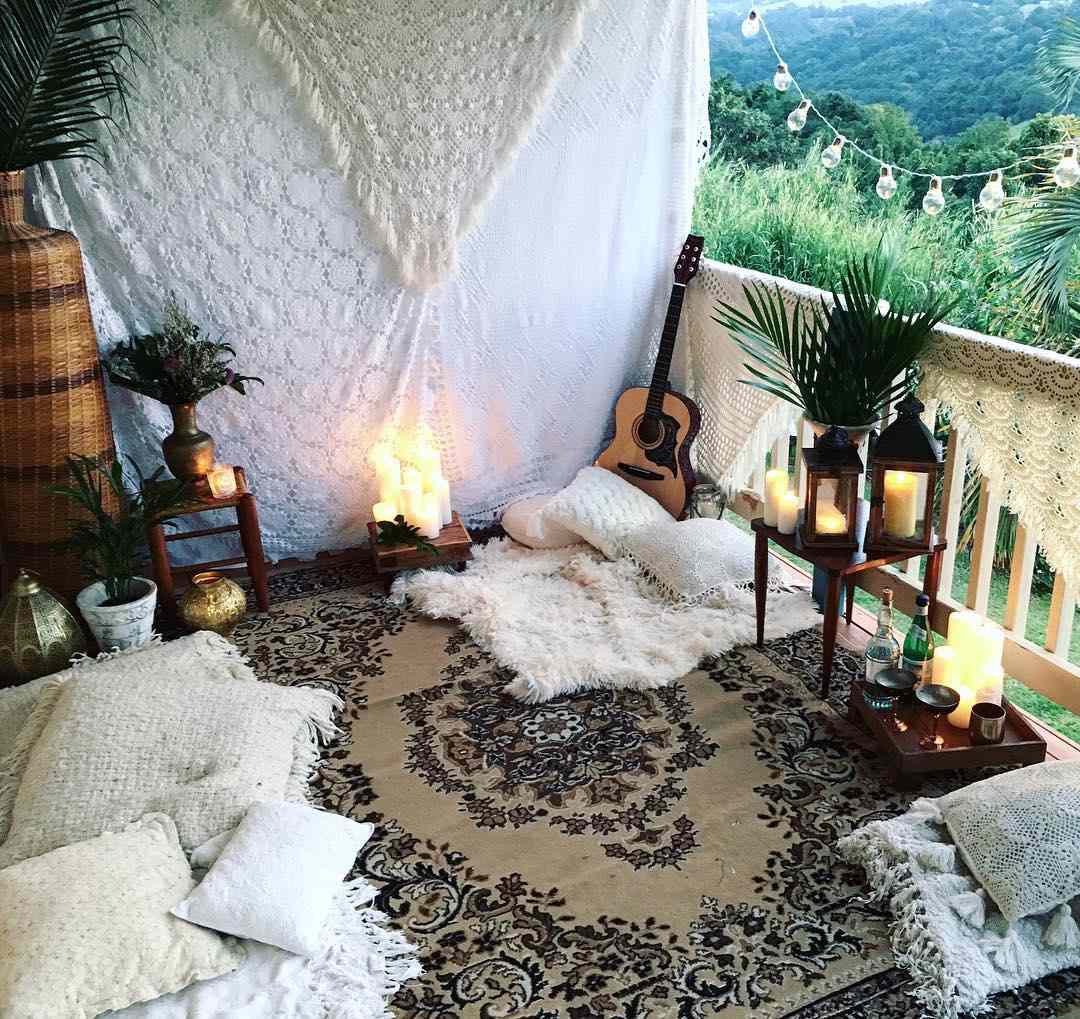
Designate a Special Place
The space you choose to meditate in is important. It doesn’t need to be anything fancy and you don’t need a lot of space. You just need a spot to call your own; somewhere with calm energy, and possibly silence. I know this is a tall order if you live in a place like New York City, but look for a time and space where there is stillness in your home. Mine is in my bedroom, overlooking the backyard. Don’t meditate in bed. Since we associate the bed with sleeping, so you might be fighting to stay awake. This can hinder reaching the higher levels of awareness you can attain if you remain conscious without falling asleep. Multiple sources online say it’s best to face east or northeast, but for some reason I always gravitate towards facing north. Not sure how much this matters as long as the space you choose feels “nice.”
Spruce up your meditation corner with pillows, candles, palo santo or sage, flowers, images that mean something to you, or anything else that helps you relax. The more you meditate in this space, the better it will feel.
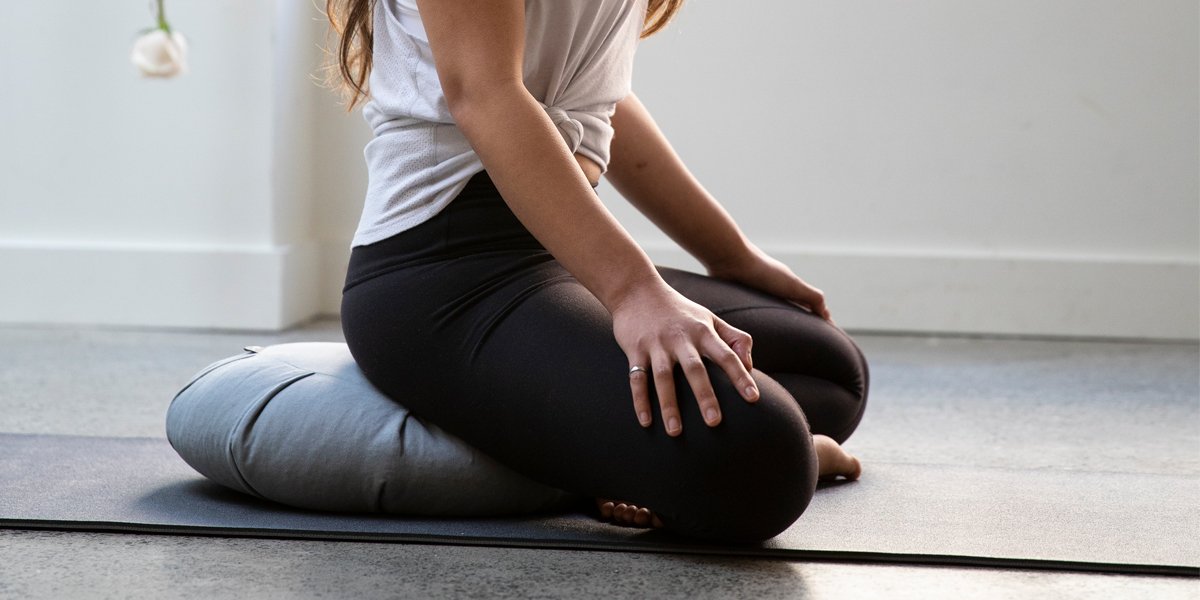
Comfort is Key
Most people think that in order to mediate you need to sit up straight in lotus position in the middle of the room. Not only is this extremely difficult for most, but it also makes it tough to relax. I was taught to mediate by a teacher who studied transcendental meditation, or TM. This method is focused on comfort and “no effort.” The practitioner sits up against a wall to support the spine with cushions or pillows at the low back and under the knees (see the video above for an example.) You might also want a pillow to sit on so your tush is comfy and a pillow behind the head. Lean back slightly and find a good position that you can be in for at least twenty minutes.
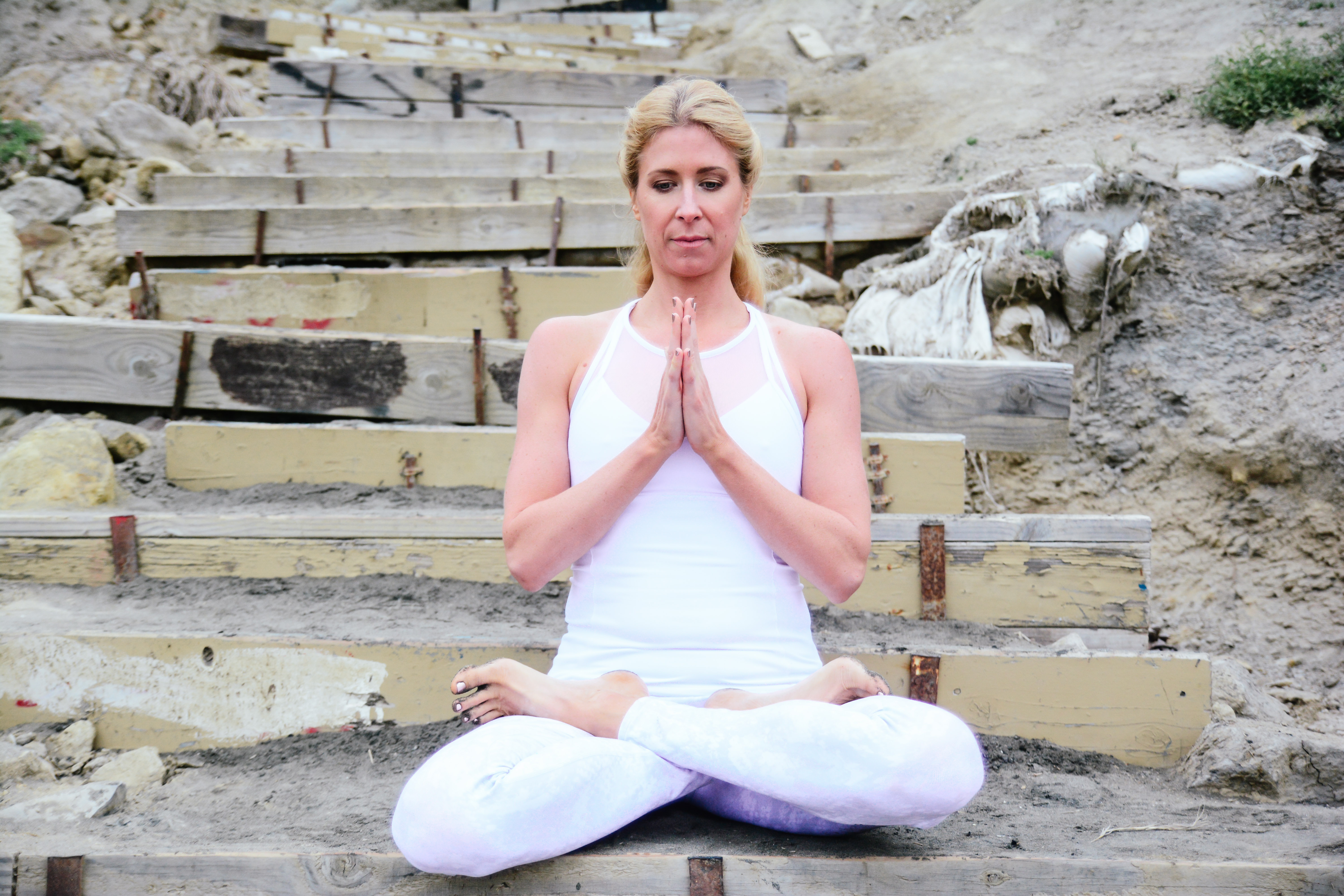
Meditation Technique
So, how do you actually meditate? Again, I think there are a lot of misconceptions here. I’ve had students tell me, “I can’t mediate because my mind races too much,” and the infamous “I can’t make my mind go blank. I’m no good at meditation.” Meditation is not about forcing the mind not to think. When we do that, we just end up with more thoughts. Forcing the mind to not do what it does creates tension, stress and frustration.
Instructions
- Put a watch on your wrist and sit comfortably against a wall in your meditation spot.
- 2. Close your eyes for a moment and notice whatever comes up without resisting it. Open your eyes for a few seconds and then close your eyes again.
- You can introduce a mantra, such as “ohm namah” or “sat nam.” A mantra is a phrase your repeat (usually in Sanksrit) that keeps the mind gently focused. Ohm namah means to bow down to your Self and sat nam means “I am truth” or “truth is my essence.” Choose any mantra and begin repeating it in your own mind again and again. If the mantra fades, that’s ok, just relax, breathe normally, and come back to the mantra when you remember or when you catch yourself chasing thoughts.
- As you sink deeper and deeper into a relaxed, yet aware state, let the body soften and the mind expand.
- When you think it’s been about twenty minutes open your eyes a little and peak at your watch. If it hasn’t yet been twenty minutes close your eyes again and repeat this step until you’re reached the twenty-minute mark. If at any point in the mediation you get really sleep, just roll onto your back or onto your side and sleep. My teacher used to say, “If sleep comes, allow it to come because that is exactly what your body needs.”
Resting in Corpse Pose
The last step of your meditation session is to slide onto your back to rest in corpse pose. This is your transition from a meditative state back into the rest of your day. Keep your eyes closed and rest for at least five minutes. In corpse pose the arms are alongside the torso with the palms facing up, the legs are spread slightly apart, the neck is straight, and you might even want to keep the pillow under the knees to release the low back. Corpse pose is a phenomenal resting pose that calms the nervous system. It will neutralize your energy and leave you feeling both rested and energized.
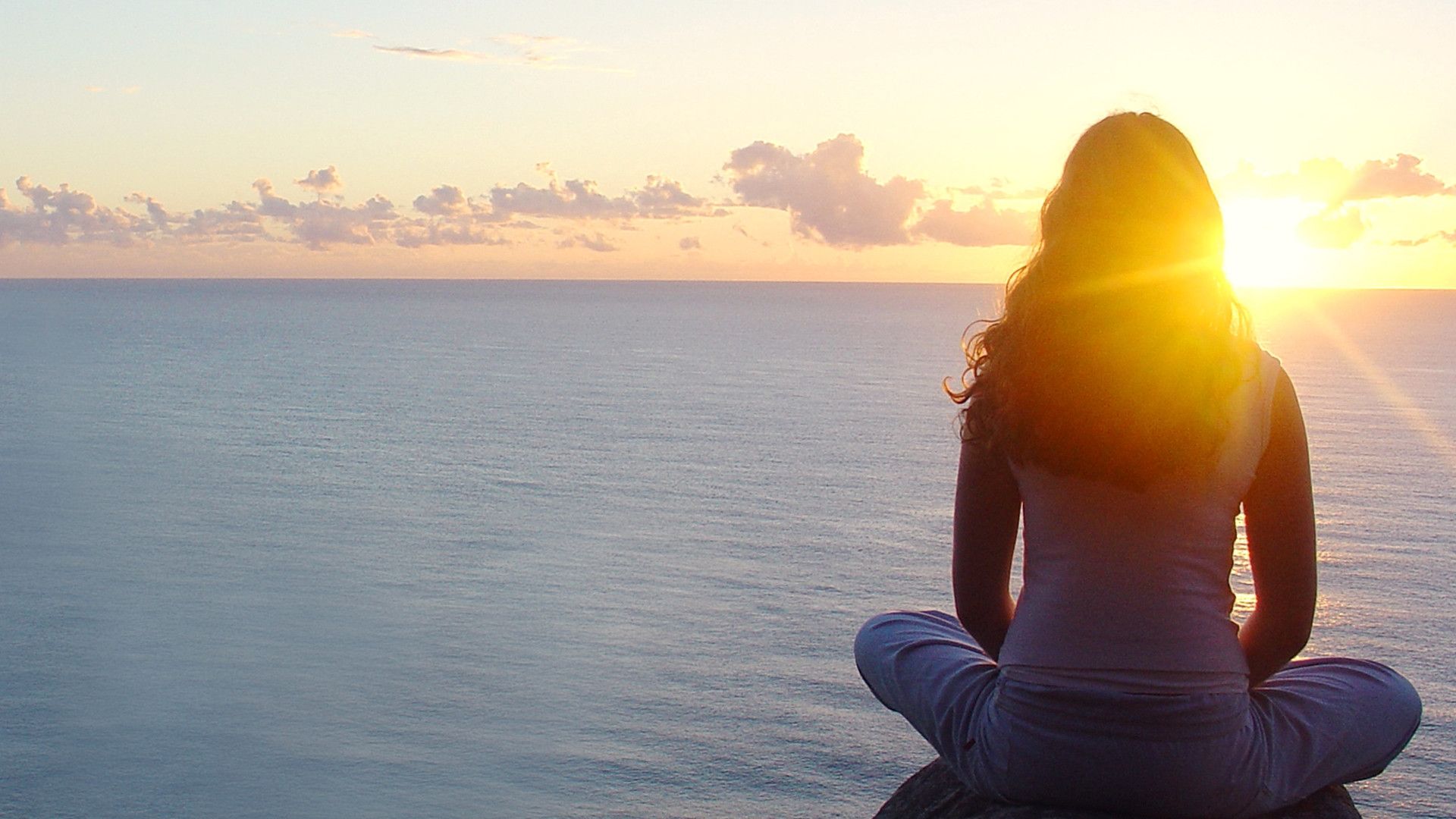
The Mediation Recipe
Traditionally TM is done twice a day, once in the morning and once in the afternoon. Try to get into the habit of meditating at least once a day, every day. Think of it as important as brushing your teeth. Some of the benefits I’ve personally felt from a consistent mediation practice are:
- Increased energy
- More productivity
- Less reactivity to stressful situations
- Increased intuition
- The ability to come up with new ideas
- Shifting perspective
- More calmness
- Improved relationships
If everyone meditated, this world would be a very different place. The ego operates on fear and it thrives on feeling separate from those around us. The spirit, on the other hand, operates from a place of love and oneness. When we meditate, we connect to higher consciousness and disconnect from the material world along with ego consciousness. Eventually, as we continue with our meditation practice, we begin to return to our natural state of peace. Ego consciousness takes a back seat and we experience a more fulfilling, happy life.
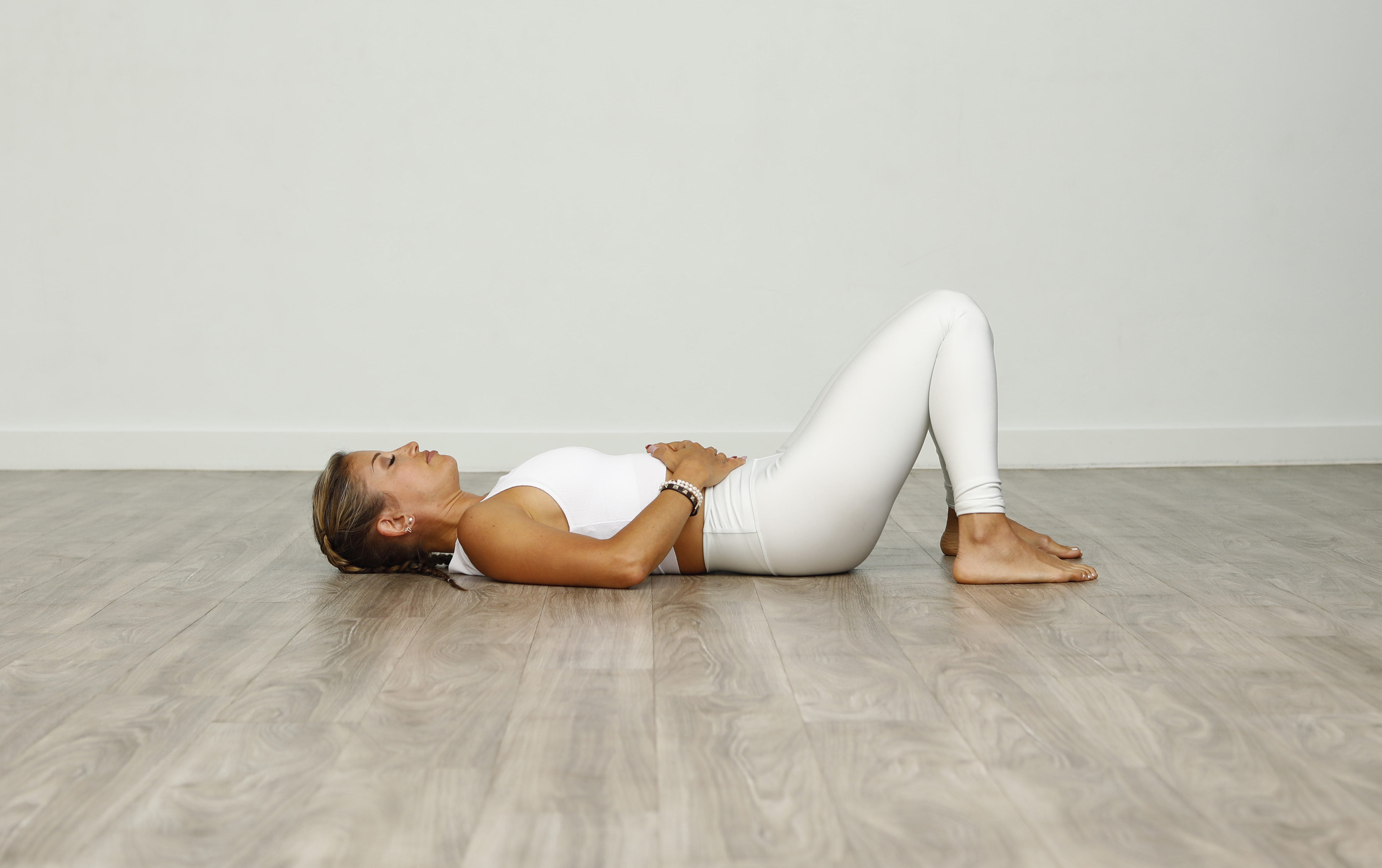
Let us know if this article helped you and we hope you get going on starting a meditation practice. For full length meditation and breathing-centered classes, sign up for a membership. The first 14 days are free and you can cancel any time.
Looking for a New Way to Workout?
We created a workout using light ankle and hand weights! Once you try FlowLIFT you’ll never look back.
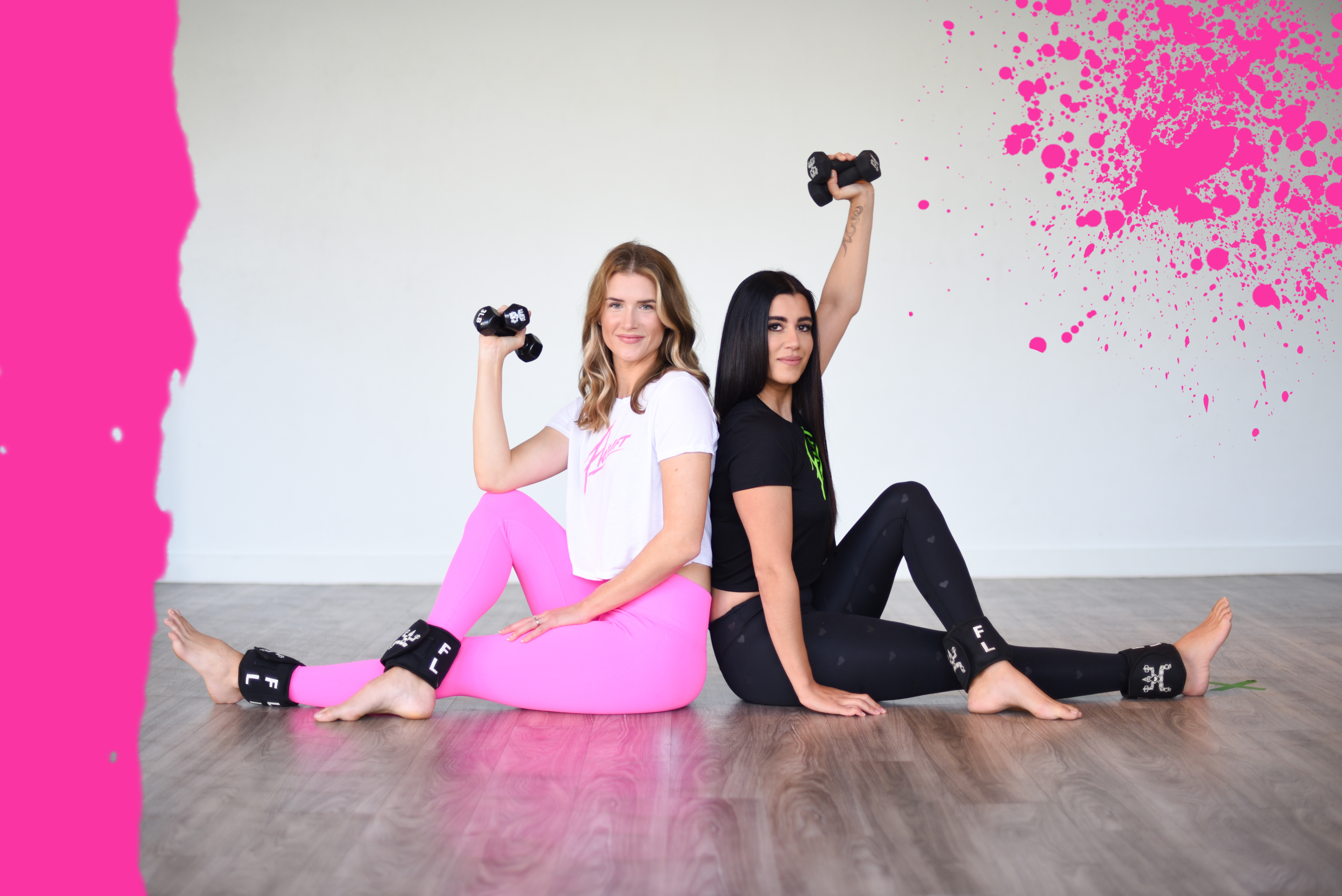

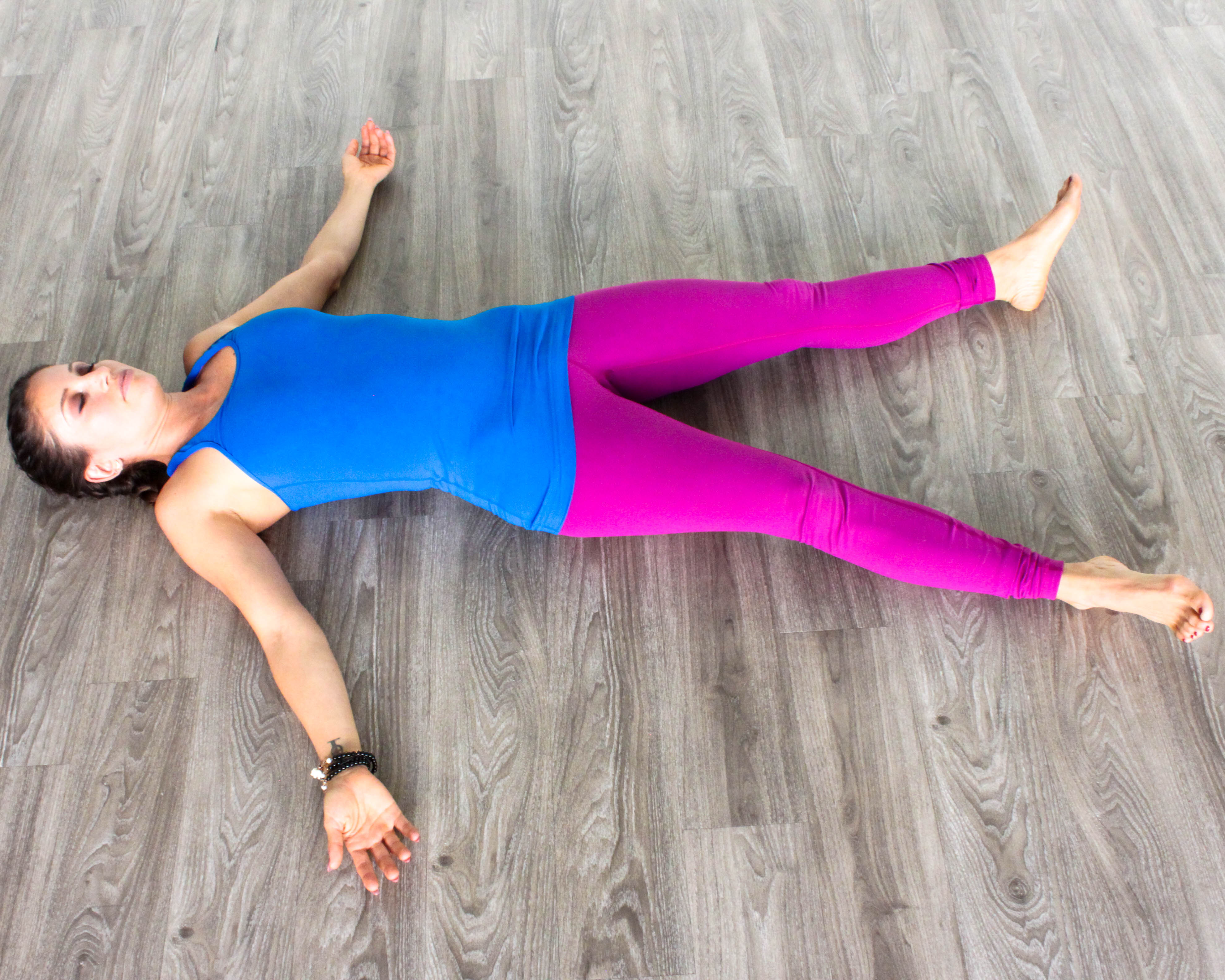
Leave a Reply
You must be logged in to post a comment.